Alder
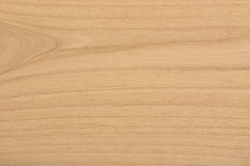
With good working properties and being moderately lightweight, Alder ranks third
behind Oak and Pine as the most commonly used for ready-to finish furniture. It
is pale brown to almost white, with very consistent color. Alder takes stains
well and finishes smoothly.
|
Aromatic Cedar
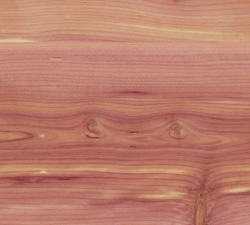
Light brown heartwood, often tinged with red, and almost
white sapwood define the Aromatic Cedar. A softwood, it has straight/even grain
and is light, soft, and moderately low in strength and stiffness.
|
Ash
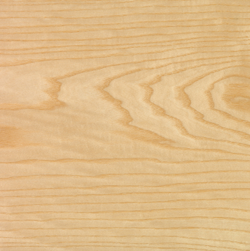
Among the most easily steam-bent hardwood species, Ash is extremely flexible. It has large pores and while it is seldom painted, it takes other finishes well. Ash ranges from almost pure white to cream or very light brown. |
Aspen
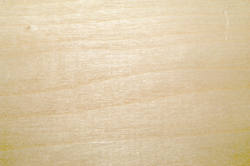
Very light and white in color, Aspen is even grained and ideal for stains and paints. |
Basswood
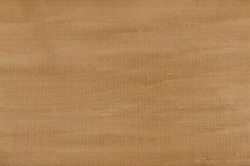
Popular among hobbyists, Basswood is soft, light, and low in strength and decay resistance. It typically has straight grain with fine, uniform texture and creamy white to brownish heartwood and white sapwood. Its soft texture can be challenging for staining.
|
Beech
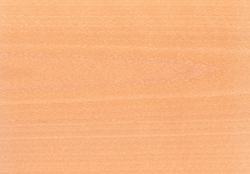
Ranging in color from nearly white to a deep red brown, Beech has a close and straight grain and is identified by its dark pores. It is hard, strong, resistant to abrasive wear, and easy to paint, stain, or bleach. Beech tends to become slick with wear and thus is perfect for drawer sides and runners.
|
Butternut
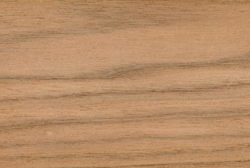
Butternut has straight grain, coarse texture, light brown heartwood with occasional dark streaks, and nearly white sapwood. It is soft with low strength and stiffness and is moderately light. |
Cherry
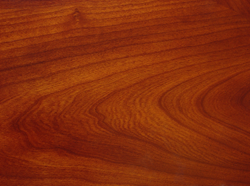
Straight and satiny grained, Cherry is known for its lustrous appearance. It is a rich, reddish brown that darkens with age and sunlight. Cherry is light, strong, and hard and is unsurpassed in its finishing qualities because of its uniform texture. |
Hickory
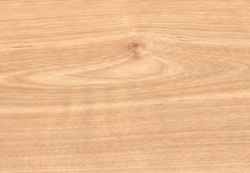
A member of the walnut family, Hickory is the hardest, heaviest, and strongest American wood most commonly used. It has a fine grain with a white to tan to reddish-brown color with fine brown lines. |
Knotty Pine
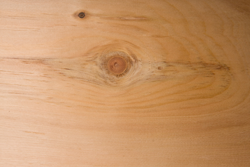
Light, soft, straight grained with many knots, White Pine is easily shaped with hand and power tools and accepts many types of glue for tight bonding. It ranges in color from white to pale yellow with a reddish tinge. We also offer Clear Pine, with only occasional knots.
|
Larch
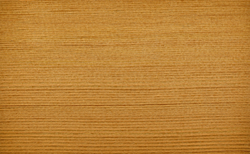
A softwood, we use Larch primarily for poles, planking, flooring, bridge construction, and siding. It is moderately heavy, stiff, and hard with bending and crushing strength and decay resistance. Larch typically has a straight grain but occasionally has a spiral grain with a find, uniform texture. It is pale to brick red heartwood with pale yellow sapwood. |
Mahogany
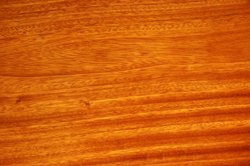
Considered the heavyweight of all woods, Mahogany is extremely strong, hard, stable, and decay resistant. It is typically straight grained and can range from light red to a deep red or golden brown. |
Hard Maple
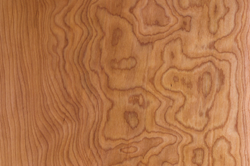
Cream to light reddish-brown heartwood and nearly white sapwood, Maple is typically straight-grained with uniform texture. It has a good resistance to abrasion and indentation, making it ideal flooring. |
Poplar
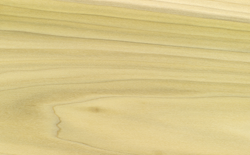
Although lightweight and soft for a hardwood, Poplar is still strong, and resistant to warping. Poplar cuts and sands well, is straight grained and has a white, yellow, or often greenish color. It paints and stains well and can easily be made to resemble walnut or maple. |
Quarter Sawn Red Oak
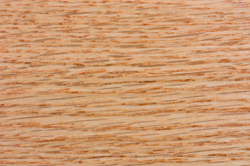
To produce the appearance of quarter sawn in red oak, the plane of cut is 90 degrees to the growth rings. This creates distinctive wide ray cells that produce ray fleck. |
Quarter Sawn White Oak
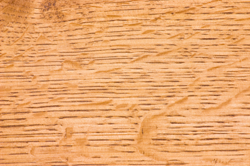
To produce the appearance of quarter sawn in white oak, the plane of cut is 90 degrees to the growth rings. This creates distinctive wide ray cells that produce ray fleck. |
Red Birch
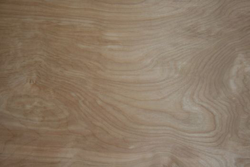
Resembling maple, Red Birch is moderately hard and heavy with moderate stiffness and bending strength. It has straight grain and fine, even texture with light brown heartwood and creamy white sapwood. |
Red Oak
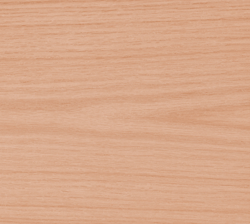
Ranging from a white cream to pale brown in color, Red Oak is very strong, heavy, and hard. It is durable under exposure, has great wear-resistance, and holds nails and screws well. With a grain that is distinguished in rays that reflect light, Red Oak is often used for flooring, furniture, and cabinets. |
Red Pine
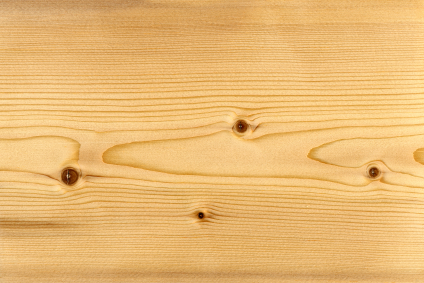
Heavier and stronger than white pine, Red Pine is commonly used for structural purposes. Its color is pale red to reddish brown. Although it finishes well it is among the least satisfactory for paint holding quality. |
Soft Maple
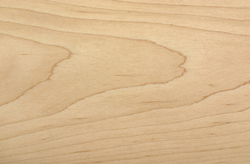
Resembling, hard maple, Soft Maple has closes grain but has a softer texture. It is easy to stain or paint for an excellent finish. |
Spruce
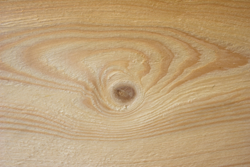
Typically straight and even grained with occasional spiral grain, Spruce is pinkish brown heartwood with creamy white sapwood. It is light, soft with low shock resistance and good steam bending. |
Teak
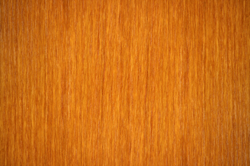
Hard on tools, Teak is strong, heavy, and strong. It is very attractive with uniform golden- brown color and straight to wavy grain. It has coarse texture, is oily to the touch, and its luster is dull. Teak has excellent strength and durability. |
Walnut (Black Walnut)
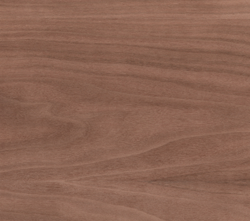
An excellent hardwood high-end cabinetry and furniture, Walnut is moderately heavy, hard, and strong with good decay resistance and stability. Its grain is straight with a moderate course and uniform texture. Walnut is a rich dark brown heartwood with nearly white sapwood. |
White Birch
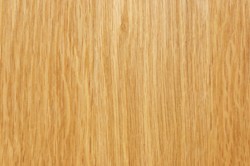
White Birch is a combination of paper and gray birch. Its sap wood is creamy white and the heart stock is golden brown. |
White Oak
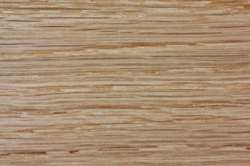
Along with Red Oak, White Oak is the most abundant U.S. hardwood species. It ranges in color from nearly white sapwood to dark gray/brown heartwood. It has a grain distinguished by rays that reflect the light and patterns (depending on how the logs are sawn). |
White Pine
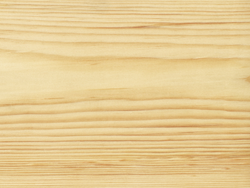
Light, soft, straight grained with many knots, White Pine is easily shaped with hand and power tools and accepts many types of glue for tight bonding. It ranges in color from white to pale yellow with a reddish tinge. We also offer Clear Pine, with only occasional knots. |
Yellow Birch
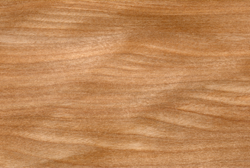
Birch has a fine grain, often curly or wavy, and is heavy, strong, hard, and even-textured. It is cream colored or lightly tinged with red and takes paints and stains well. |
|
Exotic Wood Options
African Mahogany
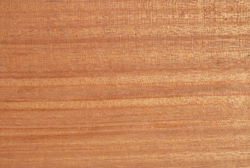
Easy to work with, African Mahogany is "broken grained" (vertical bonds of varying luster and vessel markings that gives it a ribbon effect). Its heartwood ranges from light to deep reddish-brown. It is very durable and stable. |
Bamboo
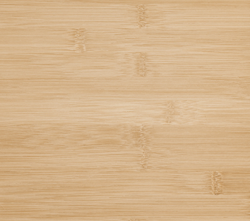
The fastest growing plant on the planet, Bamboo is a viable replacement for wood. It is one of the strongest building materials and is an enduring natural resource. It is often used for flooring, wall paneling, and material for housing. It is light tan in color. |
Bird's Eye Maple
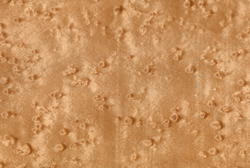
Close-grained, heavy, hard, and strong, Birds Eye is known for its small circular figures. It is cream to light reddish-brown in color. |
Eucalyptus
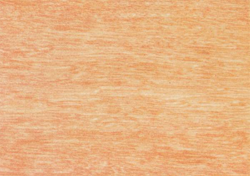
Heavy, hard, dense, and strong, Eucalyptus can be difficult to work with. It has high resistance to decay. Eucalyptus is typically straight grained but often has interlocked and wavy grain. It is moderately course and is a dark reddish brown heartwood (often with gum veins and flecks) and pale brown sapwood. Eucalyptus is a renewable resource that comes from well managed forests that are independently certified with the FSC (forest Stewardship Council). |
Quarter Sawn Hard Maple
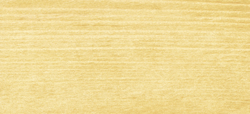
To produce the appearance of quarter sawn in maple, the plane of cut is 90 degrees to the growth rings. This creates distinctive wide ray cells that produce ray fleck. |
Rosewood
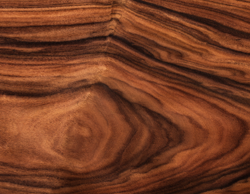
Dubbed as one of the finest woods in the world for high end hardwood products, Rosewood has mostly straight grain with a coarse texture and large open pores. Its color ranges from brown to violet-colored heartwood with irregular black streaks. |
Sapele
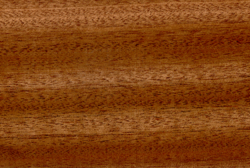
Used in similar applications as mahogany, Sapele is of medium weight, bending strength, and decay resitancy. It has interlocked, sometimes wavy, grain that produces a distinctive roes figure on quartered surfaces. Sapele has a high luster with pale yellow sapwood and light to dark reddish brown heartwood. |
Spanish Cedar
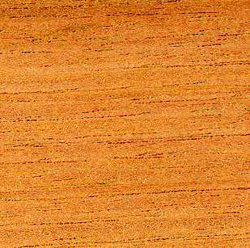
With high decay resistance and good stability, Spanish Cedar is excellent for exterior use. It is moderately heavy, hard, and has low stiffness. Spanish Cedar has straight and even grain and has creamy sapwood and light reddish heartwood that ages to a darker red/brown. |
Tiger Stripe Maple
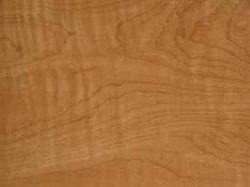
Tiger Stripe Maple has the same characteristics as maple but with unique stripes that . run perpendicular to the grain |
Wenge
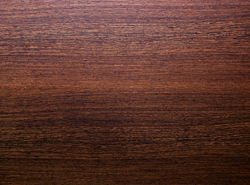
With near black veins, Wenge has dark brown heartwood with a coarse texture. The grain is straight to slightly wavy. It is often used for flooring and cabinetry.
Top |
|